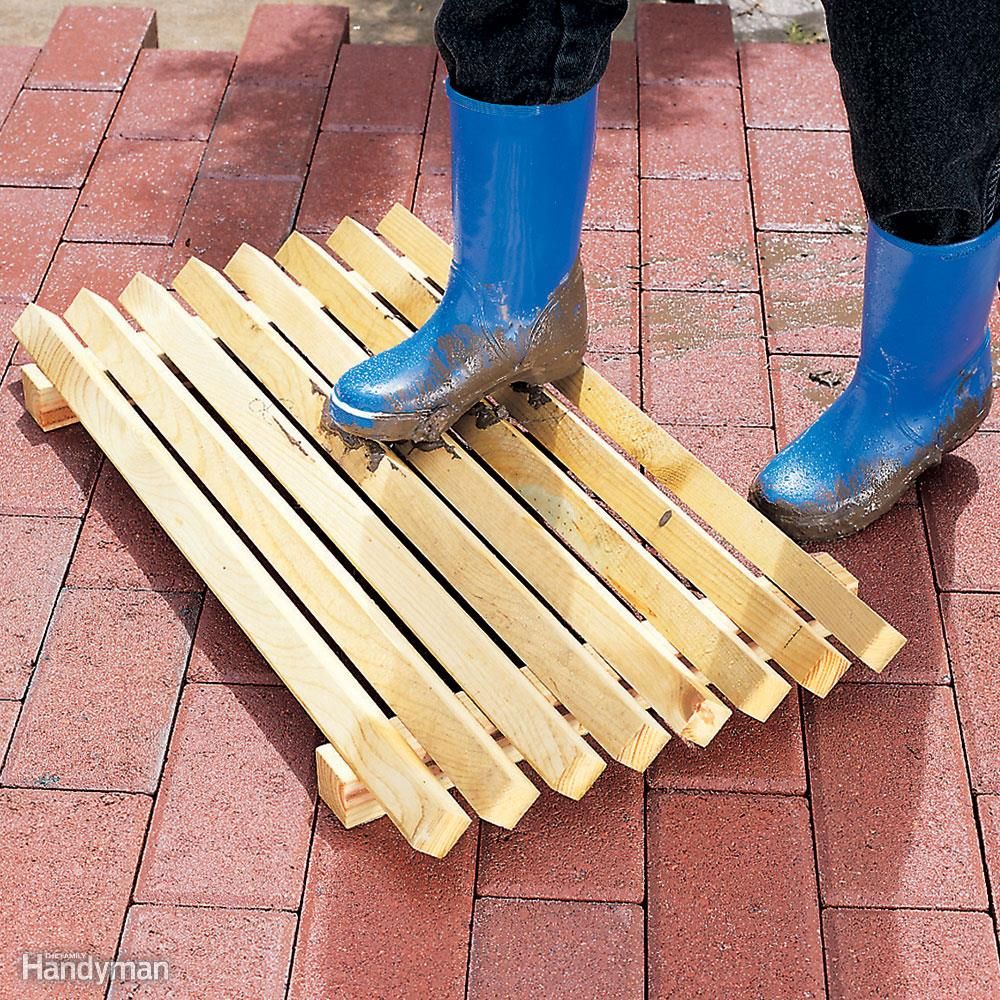Tips, tricks, and practical plans to improve your woodworking skills and complete fun DIY projects.
Saturday, August 24, 2024
How to Start Woodworking as a Beginner: Tips and Easy Projects

Embarking on the Journey of Woodworking: A Beginner's Guide
Woodworking, the art and craft of shaping wood to create functional or decorative objects, offers a rewarding path for individuals seeking creative expression and tangible results. While the craft may seem daunting to newcomers, with careful planning and a methodical approach, beginners can quickly achieve satisfying outcomes. This comprehensive guide provides a structured approach to initiating a woodworking journey, covering essential tools, safety precautions, and a curated selection of simple projects ideal for novice woodworkers.
Essential Tools and Equipment for the Aspiring Woodworker
Commencing a woodworking endeavor necessitates a carefully considered collection of tools. While an exhaustive arsenal isn't necessary initially, investing in high-quality, foundational tools will significantly enhance both safety and the quality of your projects. Avoid purchasing cheap, poorly made tools; they often lead to frustration and safety risks.
Fundamental Hand Tools
A basic selection of hand tools forms the bedrock of any woodworking workshop. These are invaluable for both small-scale projects and for refining details in larger undertakings. Essential hand tools include:
- Measuring Tape: Accurate measurements are paramount in woodworking. A reliable tape measure is indispensable.
- Pencil: Use a sharp pencil for precise marking on your wood.
- Combination Square: This tool facilitates accurate marking of right angles and measurements.
- Hand Saw: A good quality hand saw is crucial for cutting wood to size; consider a tenon saw for finer work.
- Chisels: A set of chisels in various sizes aids in shaping and cleaning up cuts.
- Mallet: Used for striking chisels and other tools without damaging their handles.
- Clamp(s): Essential for securely holding pieces together during assembly and gluing.
- Safety Glasses: Always protect your eyes.
Power Tools: A Gradual Introduction
Power tools significantly expand the capabilities of a woodworker. However, it's advisable to start with a limited selection and to prioritize safety training before using them. Consider the following:
- Jigsaw: Excellent for cutting curves and intricate shapes.
- Random Orbital Sander: For smoothing surfaces and achieving a fine finish.
- Drill: Essential for creating holes of various sizes for dowels, screws, or other fasteners. A cordless drill offers greater maneuverability.
It's crucial to research each tool thoroughly, understanding its functionality and safety protocols before use. Consider taking a woodworking class or watching instructional videos to familiarize yourself with the proper techniques and safety measures.
Prioritizing Safety in Your Woodworking Endeavors
Safety should always be the paramount consideration when working with wood and tools. Even seemingly innocuous tasks can pose risks if proper safety precautions are not taken.
Essential Safety Practices
- Eye Protection: Always wear safety glasses or a face shield. Wood chips, sawdust, and tool fragments can cause serious eye injuries.
- Hearing Protection: Power tools can generate considerable noise. Ear protection is crucial to prevent hearing damage.
- Dust Collection: Woodworking produces dust, some of which can be hazardous to your health. Employ dust collection systems whenever possible.
- Proper Tool Use: Always use tools according to their intended purpose and manufacturer's instructions. Avoid using tools you are unfamiliar with.
- Work Area Organization: Maintain a clean and organized workspace. Clutter can lead to accidents.
- Sharp Tools: Sharp tools are safer tools. Dull tools require more force, increasing the risk of injury.
- First Aid Kit: Maintain a readily accessible first aid kit for minor injuries.
Beginner-Friendly Woodworking Projects
Starting with simple projects builds confidence and familiarity with woodworking techniques. These projects require minimal tools and materials, making them ideal for beginners.
The Simple Shelf
A straightforward shelf is an excellent introductory project. This project teaches basic measuring, cutting, and assembly techniques. Choose a readily available wood like pine, and use simple joinery methods like butt joints reinforced with wood glue and screws.
A Wooden Coasters Set
Crafting a set of coasters involves cutting small squares or circles from wood. Sanding and finishing are important aspects of this project, providing an opportunity to practice these techniques. Consider using various wood types or adding decorative elements for a personalized touch.
Basic Wooden Box
Constructing a small wooden box introduces techniques like miter cuts and basic joinery. This project teaches the importance of accurate measuring and precise cutting. Simple rabbet joints or dowel joints can be used for assembly.
Keychain
A small keychain is a quick and simple project that is perfect for testing out different finishing techniques and practicing precise cuts. This can be a good project to practice inlay techniques as well.
Expanding Your Woodworking Skills
As your skills and confidence grow, consider branching out into more complex projects. Explore different wood types, joinery techniques, and finishing methods. Online resources, books, and woodworking classes offer invaluable learning opportunities.
Advanced Techniques
Once you've mastered the basics, you can explore more advanced techniques such as:
- Dovetail Joints: A strong and aesthetically pleasing joinery method.
- Mortise and Tenon Joints: Another strong and versatile joinery technique.
- Wood Turning: Shaping wood on a lathe to create round objects.
- Wood Carving: Sculpting wood using chisels and other carving tools.
Remember that patience and perseverance are key to success in woodworking. Don't be discouraged by initial challenges. Embrace the learning process, and enjoy the satisfaction of creating something beautiful and functional with your own hands.
No comments:
Post a Comment
Note: Only a member of this blog may post a comment.